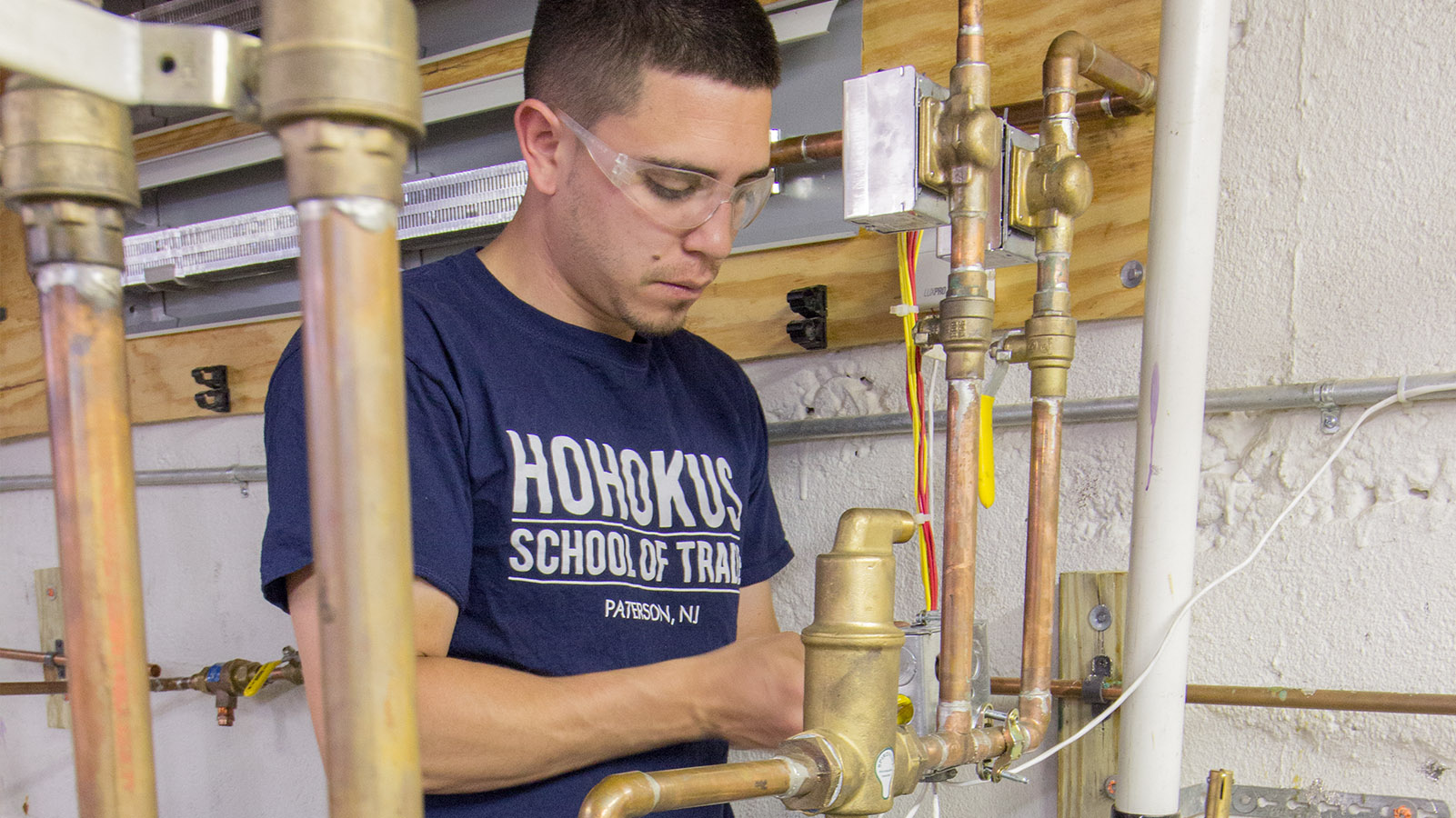A Detailed Overview to Efficient Hot Water Heater Installation for Optimal Performance
Getting started on the task of setting up a water heating system is an endeavor that requires accuracy and a systematic strategy for achieving optimum performance. As you continue, the details of attaching water supply lines and setting up reputable electrical or gas links await, encouraging understandings into guaranteeing efficiency and dependability.
Selecting the Right Hot Water Heater

Following, take into consideration the dimension and capability of the hot water heater. It's crucial to evaluate your home's hot water needs, which can differ based upon the variety of owners and their use patterns. A system that's also little may result in not enough warm water, while an extra-large design may result in unneeded energy intake.
Performance rankings also play an essential duty in choice. Look for water heating units with high Energy Factor (EF) rankings, showing premium performance and lowered power usage. Tankless designs, though commonly extra pricey ahead of time, deal considerable energy savings in time due to their on-demand home heating abilities.
Preparing the Installation Area
Prior to setting up a brand-new water heating system, precise prep work of the setup location is vital. It's crucial to determine the space very carefully to accommodate the water heating unit's measurements, making sure adequate clearance around the unit for effective procedure and maintenance.
Examine the flooring for security, as the water heating system will need a strong, degree surface area to run properly. If essential, mount a drip frying pan under the device to capture prospective leaks or spills, avoiding water damage to the surrounding location.
In addition, make certain that all essential devices and products are on hand before commencing the installment. This consists of things such as wrenches, screwdrivers, a degree, and any kind of extra hardware needed for securing the heater and placing. A well-prepared installment area sets the foundation for a successful hot water heater arrangement, maximizing performance and safety.
Connecting Water Lines
When attaching supply of water lines to your newly mounted water heating system, it is essential to make sure that all connections are safe and secure and leak-free to maintain reliable operation and prevent water damages. Begin by identifying the cool and warm water supply lines. The cool water inlet is normally marked with a blue tag or a "C", while the hot water electrical outlet is marked with a red tag or an "H".
Use flexible water heating unit adapters to promote a less complicated installation procedure. Before attaching the ports, position a plumbing's tape around the threaded ends of the water heating unit's inlet and electrical outlet pipelines.
As soon visit the site as links remain in place, slowly turn on the main water supply valve. Check each link for leakages by aesthetically examining and really feeling for wetness. Tighten up connections as needed, and make certain the pressure safety valve is correctly installed, protecting against excessive pressure build-up.
Establishing Electric or Gas Links
Properly establishing up the electrical or gas links for your water heating unit is an important step to ensure safe and reliable procedure. For electric water heating units, begin by validating that the electrical circuit is suitable with the heating unit's voltage and amperage needs.
For gas water heating systems, safety is vital. Connect the gas line to the water heating unit utilizing an adaptable gas connector, guaranteeing it is correctly threaded and secured with pipe joint compound or Teflon tape ideal for gas links.
Once connections are made, check for any kind of potential leaks. For gas lines, apply a soapy water option to the joints; bubbles show a leak. For electrical connections, verify that all circuitry is safe and secure and properly protected, preserving conformity with neighborhood electric codes.
Evaluating and Changing for Performance
With the electric and gas links firmly in position, the following action is evaluating the operational efficiency of your hot water heater. Begin by thoroughly switching on the water system and making sure there are no leaks at any of the valves or joints. Once confirmed, proceed to load the container, focusing on the stress and temperature level setups. It is a good view it now idea to set the thermostat to a suggested temperature of around 120 ° F(49 ° C) to balance power performance and convenience.
Next, do a thorough examination to make certain the burner or gas heaters are working properly. For electrical heating units, use a multimeter to verify if the components are drawing the appropriate existing. In gas designs, observe the burner fire; it ought to be steady and blue, suggesting reliable combustion.
Adjust the setups as necessary to remove inadequacies. Think about implementing insulation procedures, such as adding a hot water heater blanket, to better enhance efficiency by reducing warmth loss. Additionally, examine the anode rod's problem, as a worn-out pole can minimize performance and result in container corrosion.
Verdict
Efficient water heating unit installation is important for making certain ideal efficiency and power cost savings. By picking the appropriate type and dimension, and diligently preparing the installation area, a structure for success is developed. Securely linking water lines and carefully establishing electric or gas links minimize potential problems. Detailed testing for leaks and accurate thermostat modifications to 120 ° F boost integrity and performance. Following these steps promotes long-lasting capability and power preservation in household water furnace.

Effectively establishing up the electric or gas links for your water heater is an important step to make sure reliable and secure procedure. For electrical water heating systems, start by validating that the electric circuit is suitable with the heating system's voltage and amperage needs. Attach the gas line to the water heating system making use of a versatile gas port, guaranteeing it is appropriately threaded and secured with pipe joint compound why not find out more or Teflon tape suitable for gas connections.
Comments on “Economical Plumbing Services Alabaster AL for Every Budget plan”